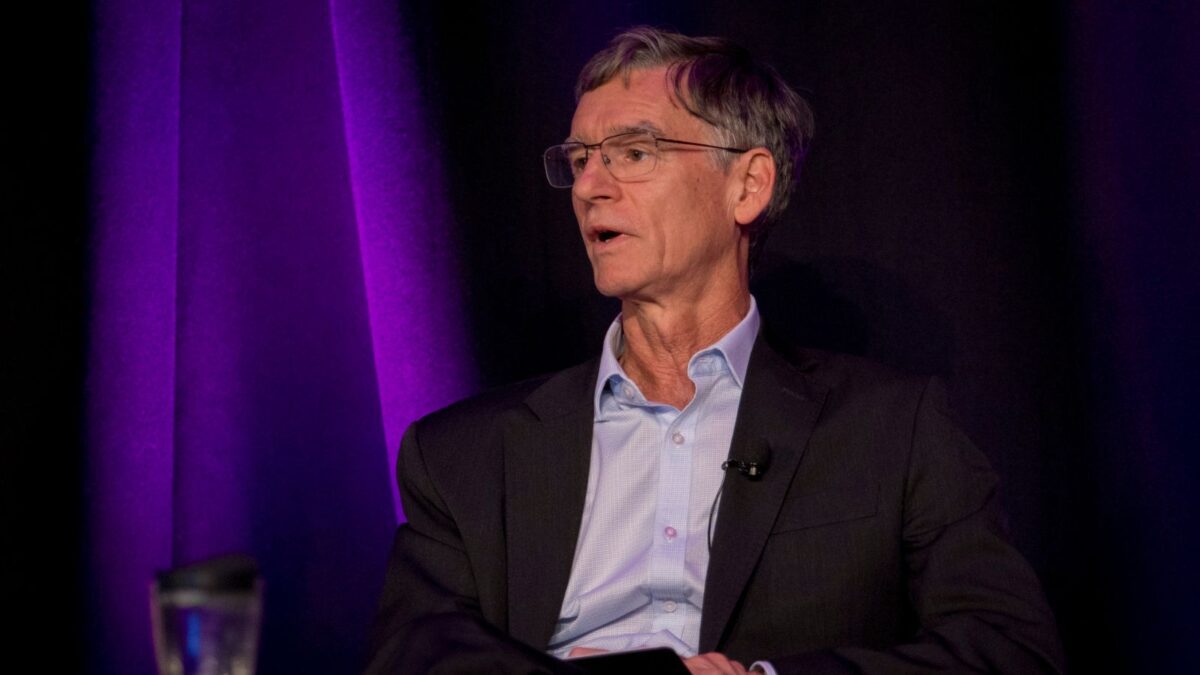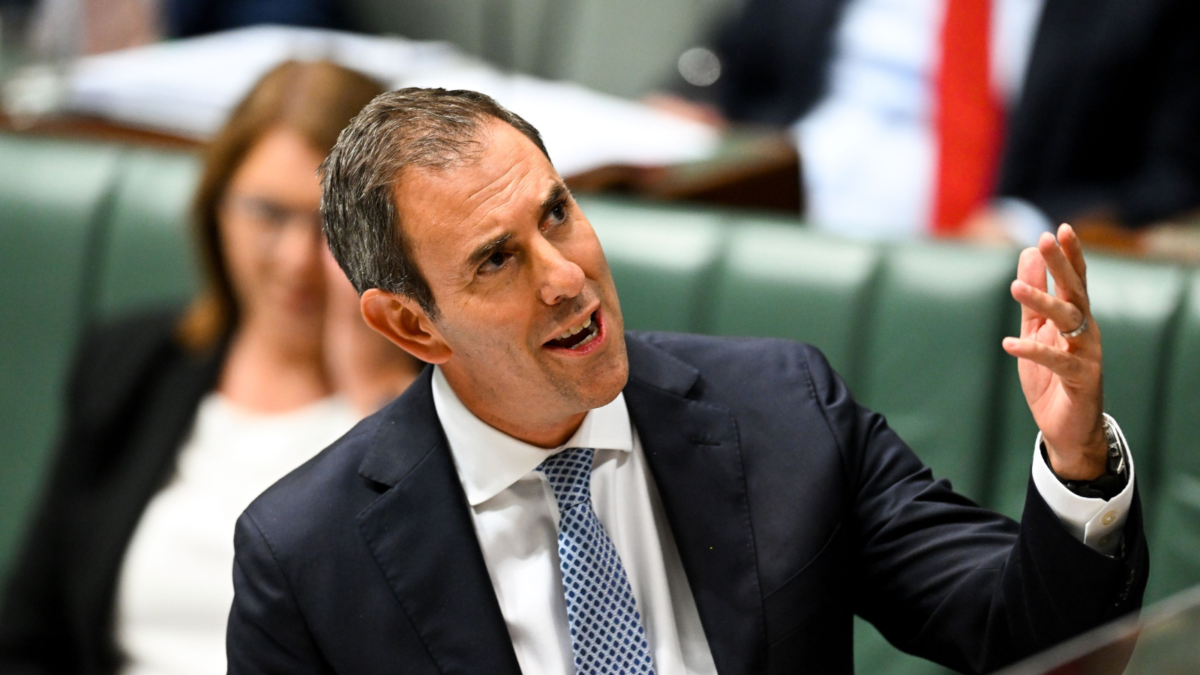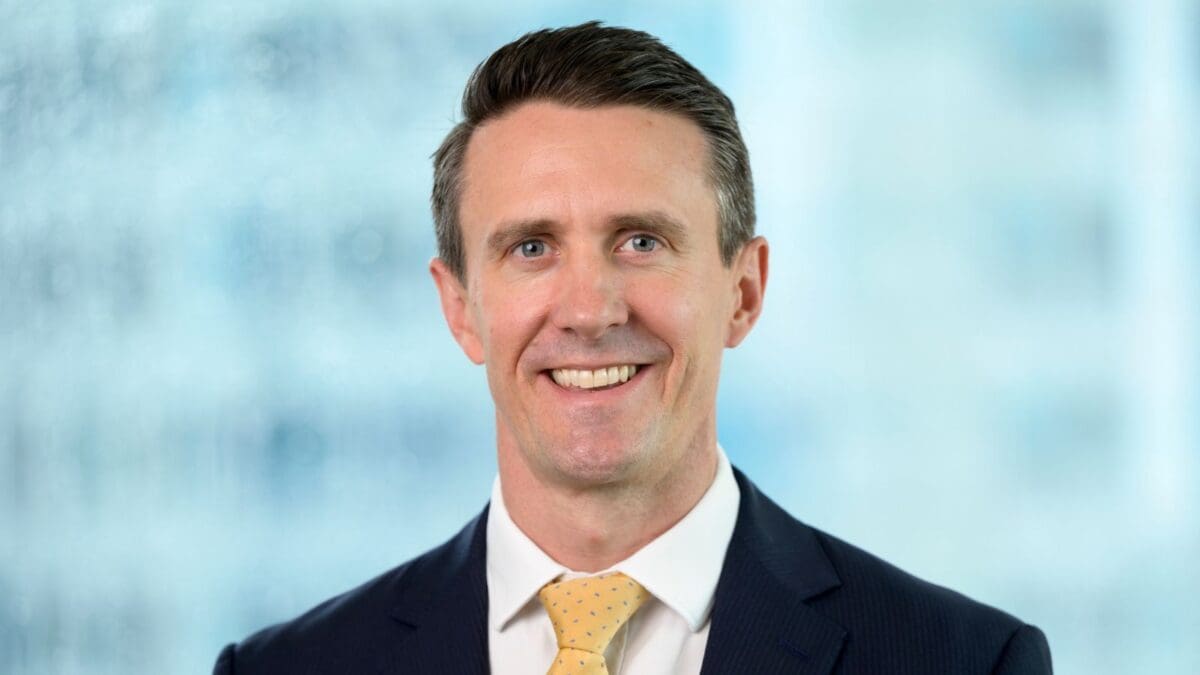Industry funds or AMP, it’s all about brand
AMP has a long road ahead. But the big challenge isn’t to change the culture – it’s making everybody else care about it.
For decades, the AMP logo has sat high above Sydney Harbour, a potent symbol of one of Australia’s oldest companies and an integral part of what many consider entirely peripheral: brand.
Now the brand is tarnished – badly. Perhaps so much so that AMP Capital will separate from it completely after the demerger, and a short stint as the somewhat nebulous “PrivateMarketsCo. As Shawn Johnson, the new CEO of that particular venture, noted at an investor day on Tuesday (November 30), the fallout has extended far beyond Australia.
The royal commission, Boe Pahari, and Alex Wade still haunt the headlines. New CEO Alexis George has a long road ahead of her. For her part, George does not believe the appointment of a woman to the top job is part of the facelift; she is an executive, first and foremost, and a highly capable one – an unarguable fact, after spearheading ANZ’s wealth exit. But there are certainly secondary benefits for AMP itself. After all, there’s no better way to remediate an apparent boys club than to get a CEO who categorically isn’t in it.
But the deeper issue here is not how to fix the culture itself, but how to make their advice and superannuation clients care about it. The existential and practical issues are the same as those facing industry funds – or profit to member funds, as they’re increasingly known. Another branding exercise. Sans default distribution, it seems the only way to make members care about funds is brand.
AMP is one of the few companies in Australia that people still put “the” before the name of, though that’s mainly in service of grammar. But as George noted at a recent superannuation conference, most people still think it still sells life insurance.
It was BT who pioneered the modern branding campaign in Australia. The company had developed a reputation for sheer ruthlessness among its competitors; to its retail investors, it was a reliable and responsible manager of their wealth. That was the work of skilled marketing executives and the glossy communiqués they pushed out, highlighting not just BT’s stunning performance through the Black Monday crash, but the various ways they were making investors’ money work for them.
BT was one of the first to start holding roadshows, introducing their fund managers to investors in the understanding that they needed to not only see the numbers, but a human too (there’s a problem for a company still figuring out whether it wants robots to do most of the work). It was all in aid of conveying “a sense of warmth and trustworthiness” to investors, as journalist Gideon Haigh chronicled in his book “One of a Kind”.
AMP will have to do the same, rebuilding its brand while facing fierce competition from IOOF (or Insignia Financial, as it’s now known) which has so far managed to dodge most of the mainstream bad press. Product alone is no longer good enough. Employees of AMP speak glowingly of feeling as though they “belong” to something. The trick will be making everybody else feel the same way.











